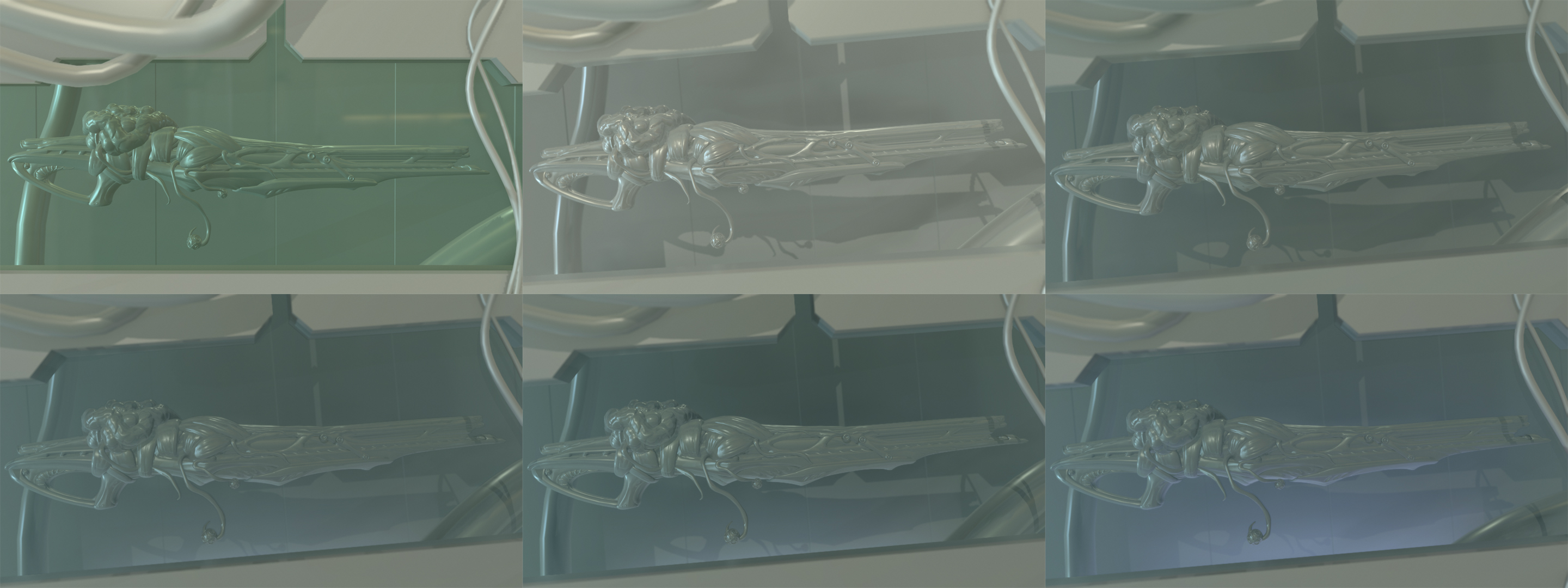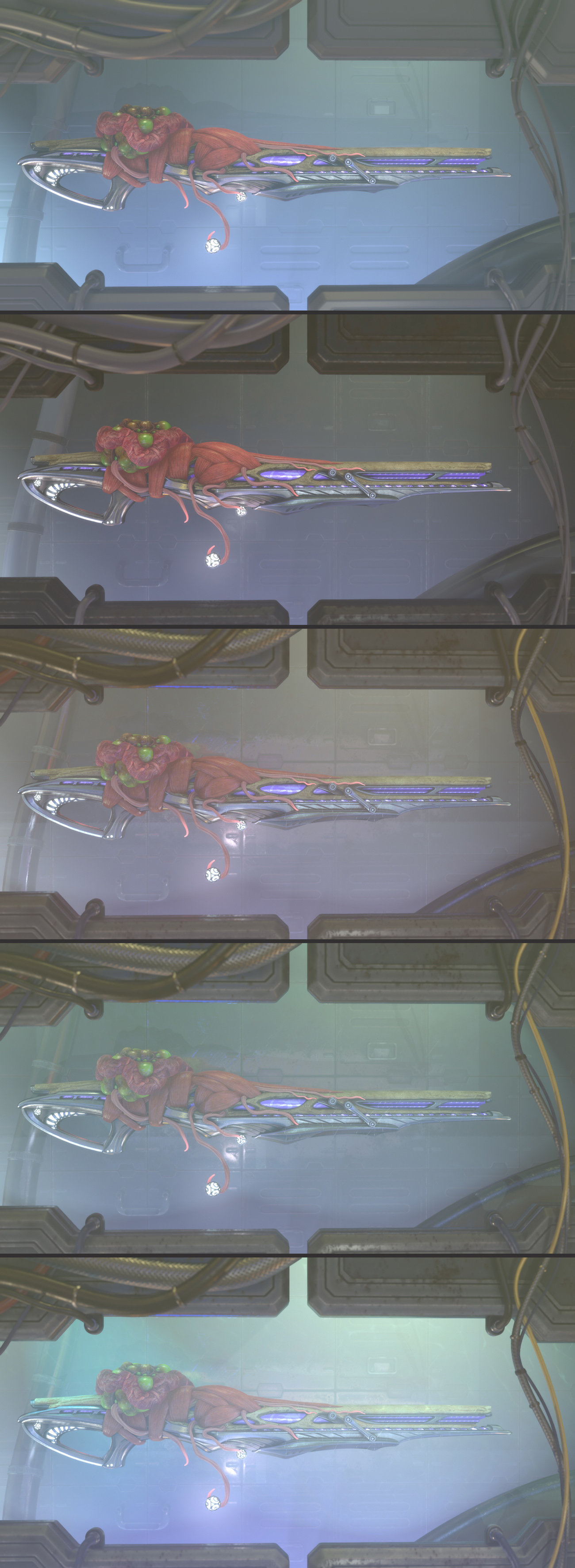 Autos
Autos
 LKW
LKW
 Busse
Busse
 Motorräder
Motorräder
 Militär
Militär
 Elektronik
Elektronik
 Waffe
Waffe
 Gebäude
Gebäude
 Flugzeuge
Flugzeuge
 Möbel
Möbel
 Charaktere
Charaktere
 Tiere
Tiere
 Raumfahrzeug
Raumfahrzeug
 Lebensmittel
Lebensmittel
 Schiffe
Schiffe
ansehen
Hi everyone! We continue a series of short interviews with the best artists from Hum3D competitions.
Victoria Passariello, the author of work “High-Tech Symbiosis” will answer on six questions and give us a look behind the work.
– Tell us a little bit about yourself. How did you become a 3D artist?
During my Industrial Design career, I discovered Photoshop, 3Ds Max and other digital software. I really liked when I needed to represent my product designs in 3D, but soon, I realized I didn’t want to design real products, I wanted to create futuristic spaceships, robots, vehicles…, for video games. Then I started to study all the 3d pipeline for video games by my own starting with the understanding of the 2d concept all the way through the final 3d textured model and final renders. Since then, I continue learning new software and methods and I constantly working as a freelance artist in the video game and VFX industry :)
– What’s your favorite aspect of creating 3D art? Is there something you specialize in and enjoy the most?
I specialize in Hard Surface and I enjoy almost every step of the process, but my favorites are modeling and textures. I like modeling because in this step I need to translate and interpret what the 2d artist expressed in the concept, it is a very creative process. When creating textures, I need to tell a story about the model through each material I create so it is also a very creative process.
– What or who inspires you today?
I am a little part of the industry. Learning and growing a little every day and the idea of becoming better and to take part in different outstanding projects in video games and VFX is what moves me every day. I usually gain a lot of inspiration from great artists on the SciFi Media on ArtStation.
Also listening to my favorite rock music!
– Please tell us your five short tips for creating realistic renders?
– Composition / Balance, of the elements in the scene.
– Depth of field, to distinguish and define closer and distant objects.
– Mood, which would tell the overall state of that single frame which represent the image.
– Fog and particle effects, are essential to represent the atmosphere.
– Contrast or Desaturation (depending on what you want to express), helps a lot to accentuate the mood of the image.
– Could you please show us any images from the work process with a short description.
Here I was playing around with the initial lighting and camera, trying to get the mood and perspective I wanted. I made a lot of testing with different diagonal views, but I wanted a view that showed a vertical shot of someone coming closer to the glass, so that was the final camera I used.

I played a lot with the lighting and the fog on the scene, it was so hard to make the glass work well and to get the sensation that the weapon is inside liquid, so I needed to use a lot of fog in the inside but keep the outside under a different light situation with less fog.

– Which of your designs are you most proud of and why?
It is very difficult to choose one. Each of my projects was made in a timeframe of my life and they represent a situation, a moment, a mood, in which I could express myself through my art. I was proud of each of my projects when I made them and somehow they still define me.
Add a comment